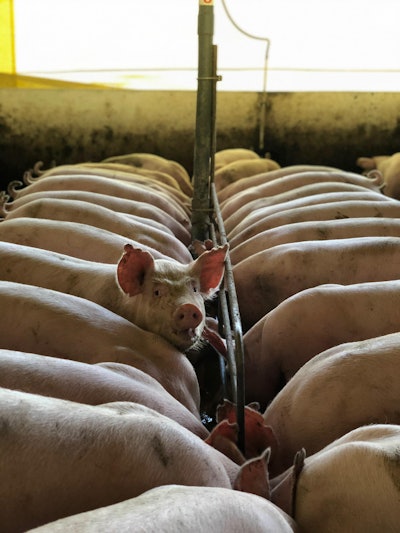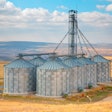
Argentina Ag Attaché Report
The attaché projects 2020/21 soybean production at 45 million tonnes, down from 48.8 million last year and below the last USDA forecast of 47.5 million.
The report forecast soy crush at 41.5 million tonnes compared to the USDA’s 41 million due to a higher beginning stocks estimate.
The post forecasts soybean exports at 5.5 million tonnes versus USDA’s official projection of 6.85 million, and below last year’s 6.65 million.
Ending stocks are projected to come in at 10.7 million tonnes versus USDA’s 8.8 million and 13.2 million last year.
The attaché forecasts for the 2021/22 crop include slightly higher area, and rebound in yields to produce 51.5 million tonnes.
Next year’s crush is projected at 42 million tonnes and exports of 6.5 million.
FBN’sTake OnWhat It Means:Argentine producers have become stubborn holders of grain stocks as a hedge against the falling Peso and potential economic downturns which could make it difficult to reach the attaché’s crush forecast. Argentina’s government will reportedly restrict producers from storing large stocks as a condition for receiving subsidized loan rates. However, even if the crush is a bit higher, lower production would likely keep pressure on tight US stocks and continue to support prices.
China Issues Feed Guidelines
China’s ag ministry issued recommended guidelines for livestock producers to reduce the amount of corn and soybean meal in feed rations.
reducing corn by at least 15% in pig diets in Northeast China by using rice and rice bran.
using sorghum, cassava flour, rice bran meal and barley to replace corn in pig feed in southern China.
In some regions, it recommended eliminating soymeal completely and replacing it with other meals.
Corn prices in China have increased nearly 35% to record levels in the past year.
China could see a decrease of 40 to 50 million tonnes of corn and 4 to 8 million tonnes of soymeal with full compliance with the guidelines.
FBN’sTake OnWhat It Means:China is importing a lot more corn to compensate for the domestic deficit, and feed manufacturers have already been switching to cheaper alternatives, especially wheat. These guidelines are so far just a suggestion to companies, not enforced regulations. If it was economical to switch to alternate feeds, as it is for wheat, then firms likely would have already done it. The guidelines do not change the outlook for China’s continued demand for US corn and soybeans.
FBN Market Advisoryservices are offered by FBN BR LLC, dba FBN Brokerage, FBN BR and FBN Market Advisory (NFA ID: 0508695)
The risk of trading futures and options can be substantial and may not be suitable for all investors. Past performance is not necessarily indicative of future results.
This is not an offer or solicitation in any jurisdiction where we are not authorized to do business or where such offer or solicitation would be contrary to the local laws and regulations of that jurisdiction, including, but not limited to, persons residing in Australia and Canada.









.jpg?auto=format%2Ccompress&fit=crop&h=167&q=70&w=250)









